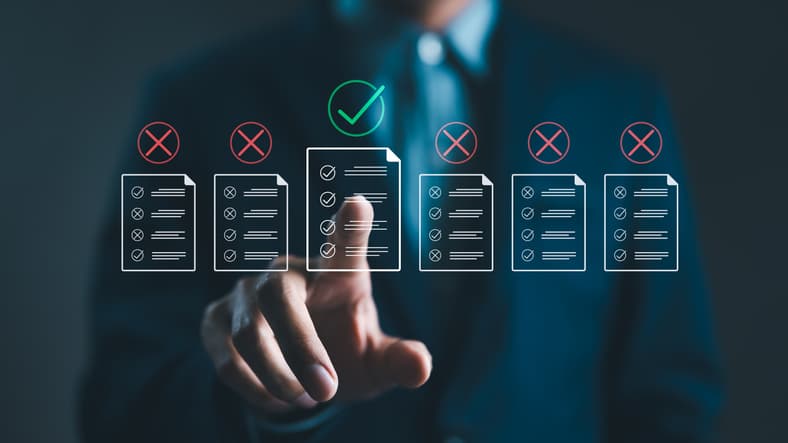
Written by Scott Wilson, Vice President at eFax
Even if the fax found its way into the working world 40 years ago, i.e. at the end of the 1970s, it is still considered an important means of communication today. Almost 17 billion faxes are sent worldwide each year, with more than 125,000 faxes sent in the UK in 2019 in the public sector alone.
Fax continues to be valued in areas where secure document transmission is important but physical records are also required, such as legal and healthcare. Simply sorting out the fax does not seem to be an option for many companies and service providers that use fax every day.
“Businesses shouldn’t be too early to write off fax as old-fashioned until they have a replacement,” said Scott Wilson, vice president of sales and services for eFax, the global provider of digital fax services. “If email were a full replacement, those industries that still rely on fax for certain communications (such as healthcare and legal) would have migrated years ago.”
At the same time, however, one has to admit that in today’s digitized working world, the traditional fax is no longer a secure option. Digitization ensures efficiency, cost savings, operational optimization and innovation. Maintaining analog technology at the same time would diminish these advantages.
“Also for security reasons: Since conventional telephone lines are not digital and therefore not exposed to hacker attacks, the faxes themselves are not encrypted when they are forwarded,” continues Scott Wilson. “Theoretically, anyone who gets access to the phone line can access the information sent through a traditional fax machine. The fact that this information is unencrypted is a violation of several regulatory, compliance and industry statutes, including but not limited to: against the GDPR. Another blow to analog faxing.”
For businesses that rely on fax but also need a secure alternative, digital cloud faxing is the right solution. As the name suggests, with cloud faxing, the entire faxing process is done digitally via the cloud. This is done either through a corporate email application, a workflow application, a mobile app, or a secured web portal.
“Digital faxing has no upfront costs and no physical hardware. It simply means that users no longer have to rely on fax machines at both ends of the line and instead use a cloud-based app to upload and share the information they need,” explains Scott Wilson.
“Digital cloud fax offers more than just flexibility – it also makes a significant contribution to security. It provides a high level of encryption when sending and storing, and creates audit trails of all inbound and outbound communications, allowing for more regulation and compliance when needed.”
“On top of that, the administrators can implement access restrictions, as is possible with other data,” he adds. “With digital cloud faxing, IT managers can set up and enforce the same security measures across the enterprise. This ranges from access management to implementing passwords and password behavior. Added to this is the ability to automatically update the software whenever it seems necessary.”
“By incorporating cloud fax into their digital transformation initiatives, organizations ensure that all-important layers of security are in place across all communication channels,” says Scott Wilson.


